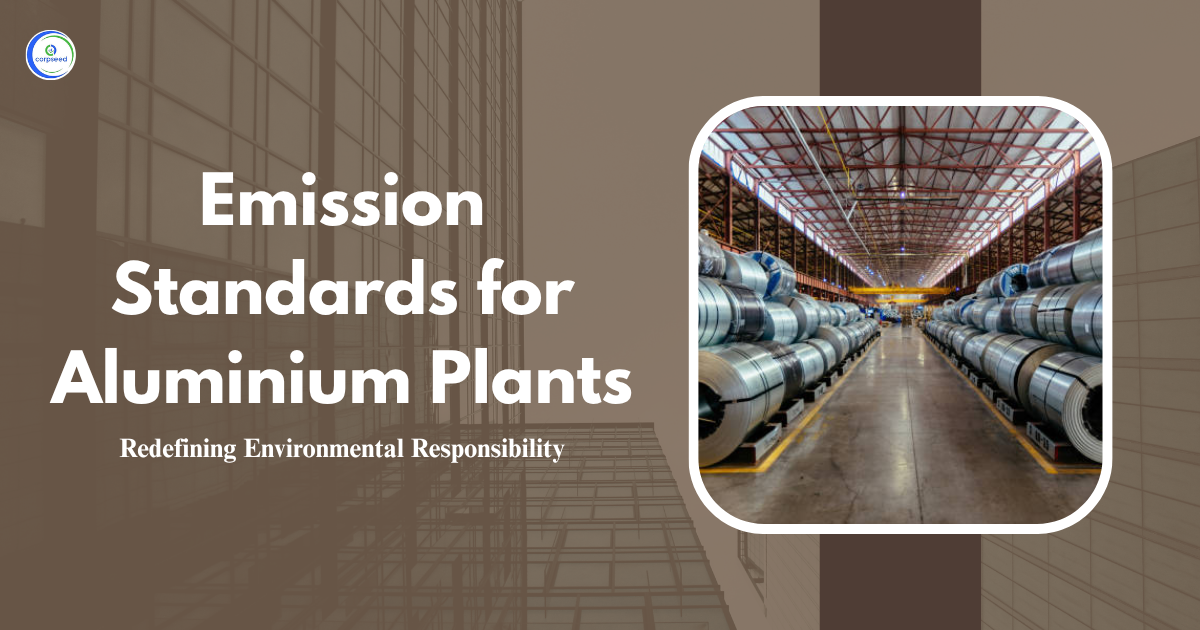India’s industrial sector has rapidly expanded, increasing the need for strict environmental safeguards. Among these industries, the organic chemicals manufacturing sector plays a vital role in producing raw materials for pharmaceuticals, dyes, plastics, and agrochemicals. However, its operations generate harmful emissions and effluents that can damage ecosystems and public health. To address this, the Ministry of Environment and Forests introduced clear environmental standards for industries, particularly targeting effluent and air pollution from the organic chemicals industry. These standards ensure responsible waste management and sustainable development.
Overview of Organic Chemicals Manufacturing Industry
The organic chemicals manufacturing industry in India is a key contributor to the country’s chemical production capacity. It encompasses the production of a wide variety of compounds including alcohols, aldehydes, ketones, esters, acids, amines, phenols, detergents, and other organic compounds. These substances are widely used in sectors like pharmaceuticals, agriculture, and plastics.
Despite its significance, the industry also generates large quantities of hazardous waste, toxic effluents, and air pollutants. These pollutants include heavy metals, volatile organic compounds (VOCs), and persistent organic pollutants, which necessitate strict pollution control in chemical industries. In response, the Central Pollution Control Board (CPCB) and State Pollution Control Boards (SPCBs) enforce effluent standards in India and air emission standards for industries. With the help of clear environmental standards for industries, the sector must now maintain control over its waste streams, both liquid and gaseous. These standards form the cornerstone of effective environmental compliance for organic chemical producers.
Table of Contents
- Overview of Organic Chemicals Manufacturing Industry
- Regulatory Framework and Compliance
- Effluent Standards for Organic Chemicals Manufacturing
- Emission Standards for Organic Chemicals Industry
- Storm Water and Floor Washing Effluent Standards
- Importance of Environmental Standards for Industries
- Conclusion
Regulatory Framework and Compliance
The Environment (Protection) Act, 1986 is the central legislation governing the regulation of industrial pollution in India. Under this Act, the Environment (Protection) Rules, 1986 were framed, which define specific emission standards for industries in India and effluent standards India. The Fourth Amendment to these Rules, published on July 21, 2010, introduced detailed guidelines for the organic chemicals manufacturing industry.
Compliance with these norms is monitored by the CPCB and SPCB. Industries are required to obtain environmental clearance before setting up or expanding operations. Regular inspections and environmental audits ensure adherence to Indian environmental regulations. In case of non-compliance, industries face penalties, suspension of operations, or legal action. Special attention is given to the bioassay test for effluent standards to ensure the effluent’s non-toxic impact on aquatic life.
Effluent Standards for Organic Chemicals Manufacturing
Effluents from the organic chemicals manufacturing process must be treated and monitored before discharge. These effluent standards India aim to prevent contamination of water bodies and ensure ecological safety. The standards cover parameters like pH, BOD, heavy metals, and require the bioassay test for effluent standards.
Effluent Standards Table:
| S.No. | Industry | Parameter | Standards |
| 68 | Organic Chemicals Manufacturing Industry | Limiting concentration in mg/1, except for pH and Bioassay test | |
| Compulsory parameters | |||
| pH | 6.5-8.5 | ||
| BOD 3 days, 27°C | 100 | ||
| Oil & Grease | 10 | ||
| Bioassay test + | Minimum 90% survival after 96 hours in 100% effluent | ||
| Additional parameters | |||
| Nitrate (as N) | 10 | ||
| Arsenic (as As) | 02 | ||
| Chromium (Hexavalent) | 0.1 | ||
| Chromium Total | 1.0 | ||
| Lead (as PЬ) | 0.1 | ||
| Cyanide (as CN) | 0.2 | ||
| Zinc (as Zn) | 5.0 | ||
| Mercury (as Hg) | 0.01 | ||
| Copper (as Cu) | 2.0 | ||
| Nickel (as Ni) | 2.0 | ||
| Phenolics (as CH, OH) | 5.0 | ||
| Sulphide | 2.0 | ||
- The Bioassay test for effluent standards must be conducted following the guidelines of IS: 6582-1971 to ensure that the treated effluent is not harmful to aquatic life.
- These environmental standards for industries apply to manufacturers of halo aliphatics, plasticizers, substituted aromatics (like alcohols, phenols, esters, acids, salts, aldehydes, and ketones), aromatics, aliphatics (including alcohols, esters, acids, aldehydes, ketones, amines, and amides), and detergents.
- Although Chemical Oxygen Demand (COD) limits are not specified, it must still be monitored. If treated effluent has COD above 250 mg/l, the industry must identify the pollutants responsible. If any of these are classified as toxic under the Manufacture, Storage and Import of Hazardous Chemicals Rules, 1989, the industry must install a tertiary treatment system for effective pollution control in chemical industries.
- These organic chemicals manufacturing effluent standards do not apply to small-scale detergent formulation units, offering them regulatory relief due to their limited environmental impact.
- Wastewater generated from scrubber(s) and floor washing in incinerator facilities must be transported through a closed conduit or pipe network. It must be treated to meet the effluent standards specified under section 'A' for the organic chemicals manufacturing effluent standards.
- The Total Dissolved Solids (TDS) in the floor washing wastewater should not exceed 1000 mg/l above the TDS level of the raw water used, ensuring compliance with wastewater treatment standards in India.
Emission Standards for Organic Chemicals Industry
To address air pollution, the government mandates specific air emission standards for industries. These limits apply to incinerators used for disposing of hazardous organic waste and are part of waste incineration standards India.
Emission Standards Table:
| S.No. | Industry | Parameter | Standards | |
| 68 | Organic Chemicals Manufacturing Industry | Limiting concentration in mg/Nm³, unless otherwise stated | Sampling Duration in minutes unless otherwise stated | |
| Particulate Matter | 50 | 30 or more (for sampling about 300 litres of emission) | ||
| HCI | 50 | 30 | ||
| SO₂ | 200 | 30 | ||
| CO | 100 | daily average | ||
| Total Organic Carbon | 20 | 30 | ||
| Total Dioxins and Furans (Existing Incinerator) | 0.2 ngTEQ/Nm³ | 8 hours | ||
| Total Dioxins and Furans (New Incinerator) | 0.1 ngTEQ/Nm³ | 8 hours | ||
| Sb+As+Pb+Cr+Co+Cu+Mn+Ni+V+Cd+Th+ Hg and their compounds | 1.5 | 2 hours | ||
- Existing incinerator plants must meet strict Dioxins and Furans limits, not exceeding 0.1 ngTEQ/Nm³ by January 1, 2014, ensuring safer air quality.
- All emission measurements must be corrected to 11% oxygen on a dry basis for standardized reporting.
- The carbon monoxide (CO) concentration in the tail gas should never fall below 7%, maintaining efficient combustion.
- For twin-chamber incinerators treating waste with less than 1% halogenated organics, the primary chamber temperature must be at least 850 ± 25°C, and the secondary chamber at 950°C, with gas residence time of at least two seconds to ensure complete burning.
- Single-chamber incinerators for gaseous hazardous waste must maintain a combustion temperature of 950°C with a gas residence time of no less than two seconds.
- If halogenated organic waste exceeds 1% by weight, it must be incinerated in twin chambers designed to maintain 850 ± 25°C in the primary and 1100°C in the secondary chamber, with two seconds gas residence time.
- Scrubbers are used only for cleaning emissions and cannot act as quenchers in the incineration process.
- Incineration ash must have Total Organic Carbon (TOC) below 3% and loss on ignition less than 5%; otherwise, ash must be re-incinerated. The incinerator must have a chimney at least 30 meters tall.
Storm Water and Floor Washing Effluent Standards
Under wastewater treatment standards in India, storm water must not mix with process water or effluent. It should pass through HDPE-lined pits capable of holding a 10-minute rainfall event. Effluent from floor washing must meet the same standards as process wastewater. The total dissolved solids (TDS) content must not exceed 1000 mg/l above the raw water’s TDS.
Importance of Environmental Standards for Industries
Implementing strict environmental standards for industries plays a crucial role in:
- Protecting Water Bodies: Effluent treatment for organic chemicals reduces water pollution and preserves aquatic ecosystems.
- Air Quality Control: Adhering to air emission standards for industries limits toxic gas emissions, improving public health.
- Promoting Safe Waste Disposal: Waste incineration standards India ensure hazardous wastes are safely burned with minimal environmental impact.
- Ensuring Industrial Accountability: CPCB and SPCB oversight encourages continuous monitoring and improvement.
- Sustainable Growth: These regulations support environmentally responsible industrial growth and help industries secure environmental clearance for projects.
- Encouraging Technological Advancements: To meet effluent standards India, industries invest in advanced treatment and monitoring systems.
Conclusion
The organic chemicals manufacturing industry in India operates under strict effluent and emission standards to protect the environment and public health. These environmental standards for industries ensure proper pollution control in chemical industries, effective hazardous waste management, and safer industrial processes. The 2010 amendment to the Environment (Protection) Rules has played a pivotal role in aligning the sector with modern environmental compliance frameworks. By meeting these standards, industries not only fulfill their legal responsibilities but also contribute to the nation’s sustainable development goals. Continuous monitoring by CPCB and SPCB, combined with investment in pollution control technologies, will further strengthen environmental protection efforts in India.
This portion of the site is for informational purposes only. The content is not legal advice. The statements and opinions are the expression of author, not corpseed, and have not been evaluated by corpseed for accuracy, completeness, or changes in the law.
BOOK A FREE CONSULTATION
Get help from an experienced legal adviser. Schedule your consultation at a time that works for you and it's absolutely FREE.



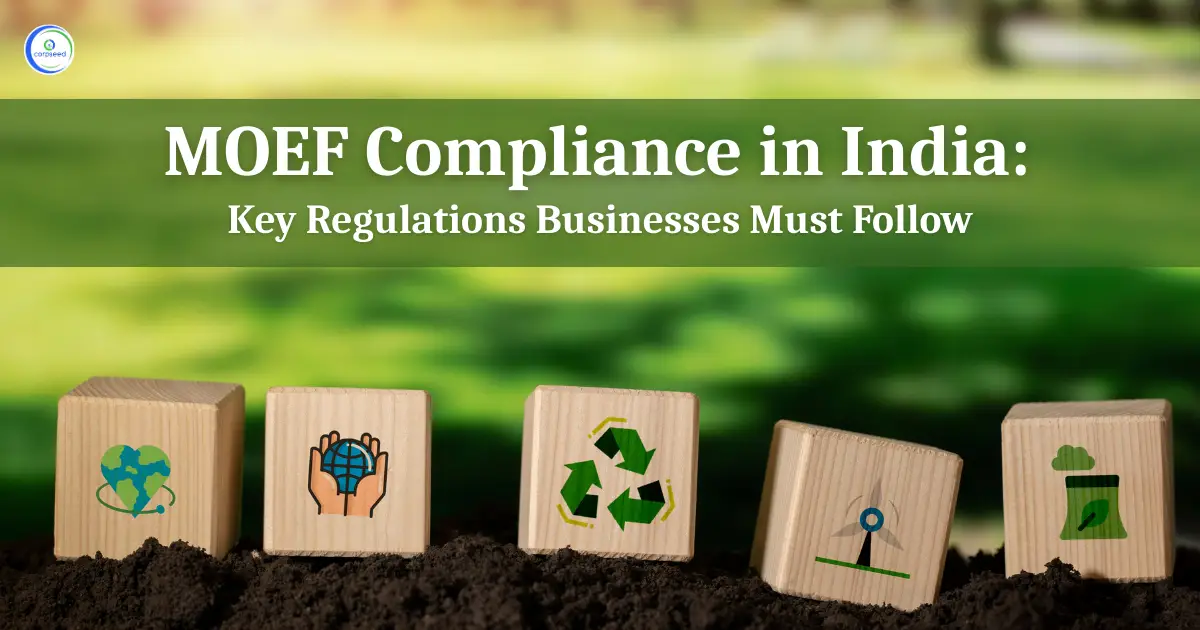
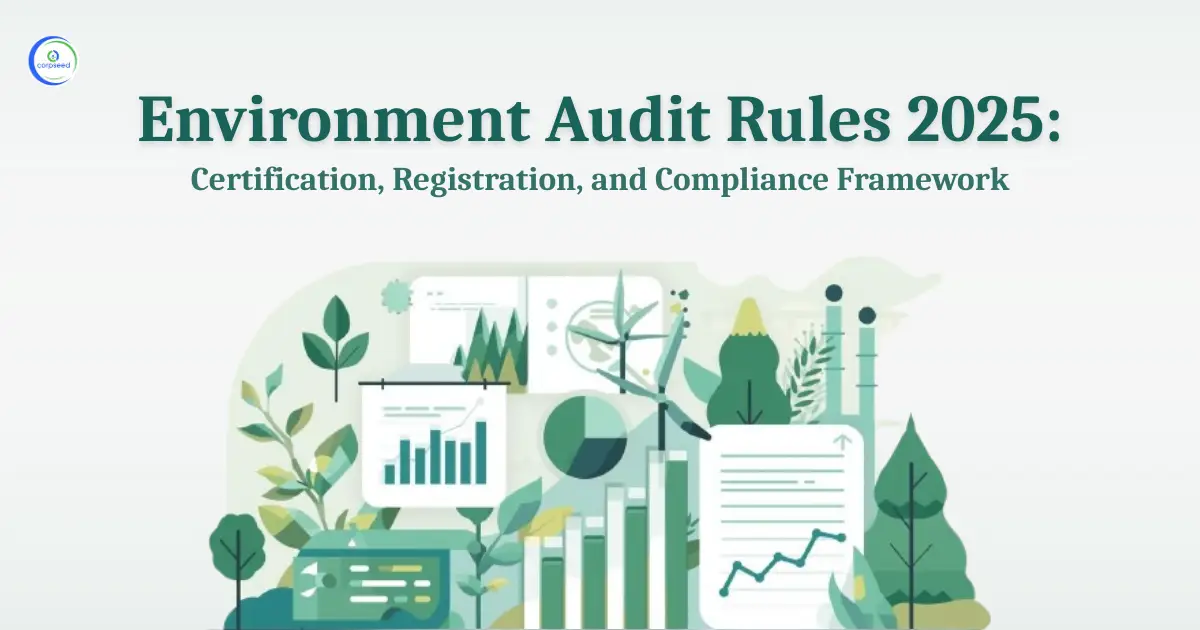
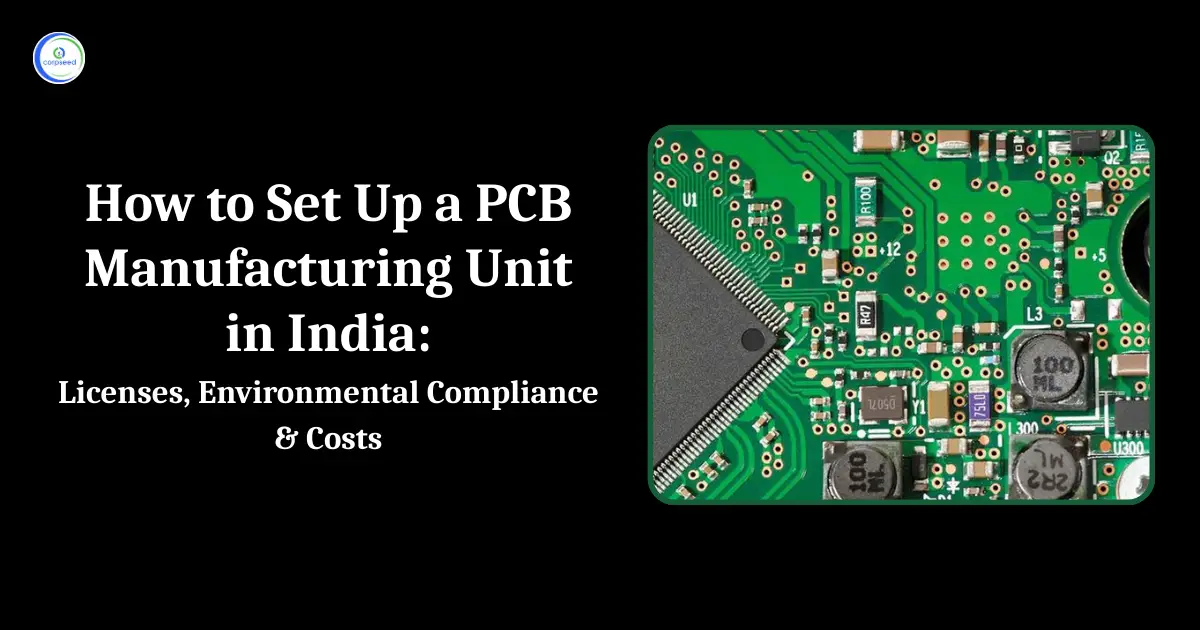
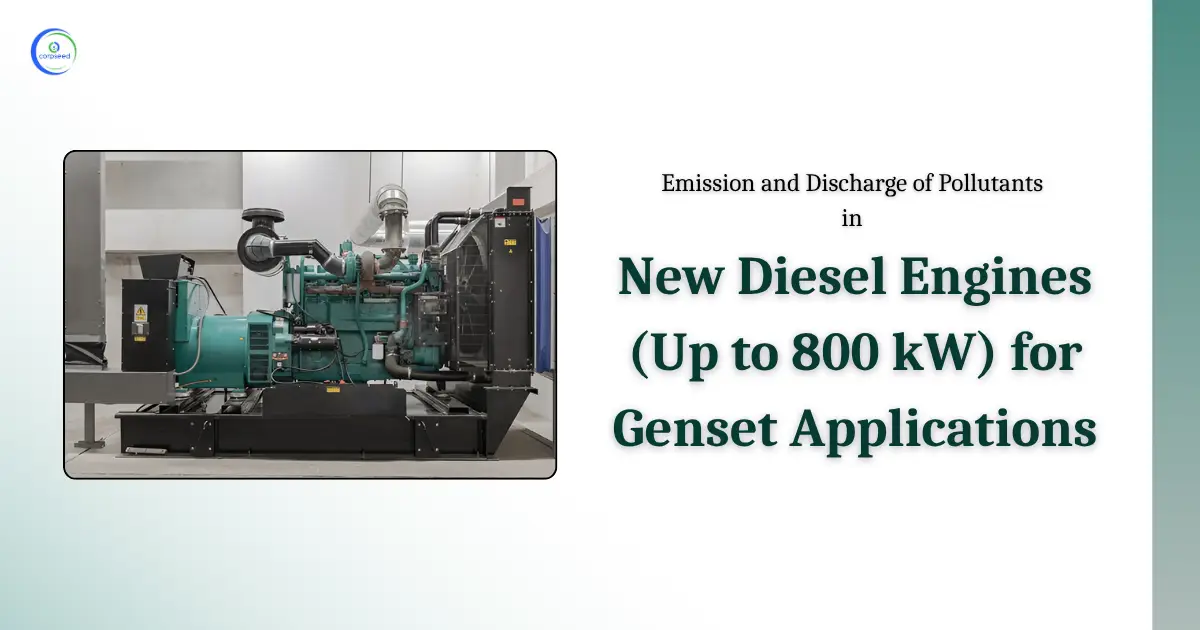
_Corpseed.webp)
.webp)
